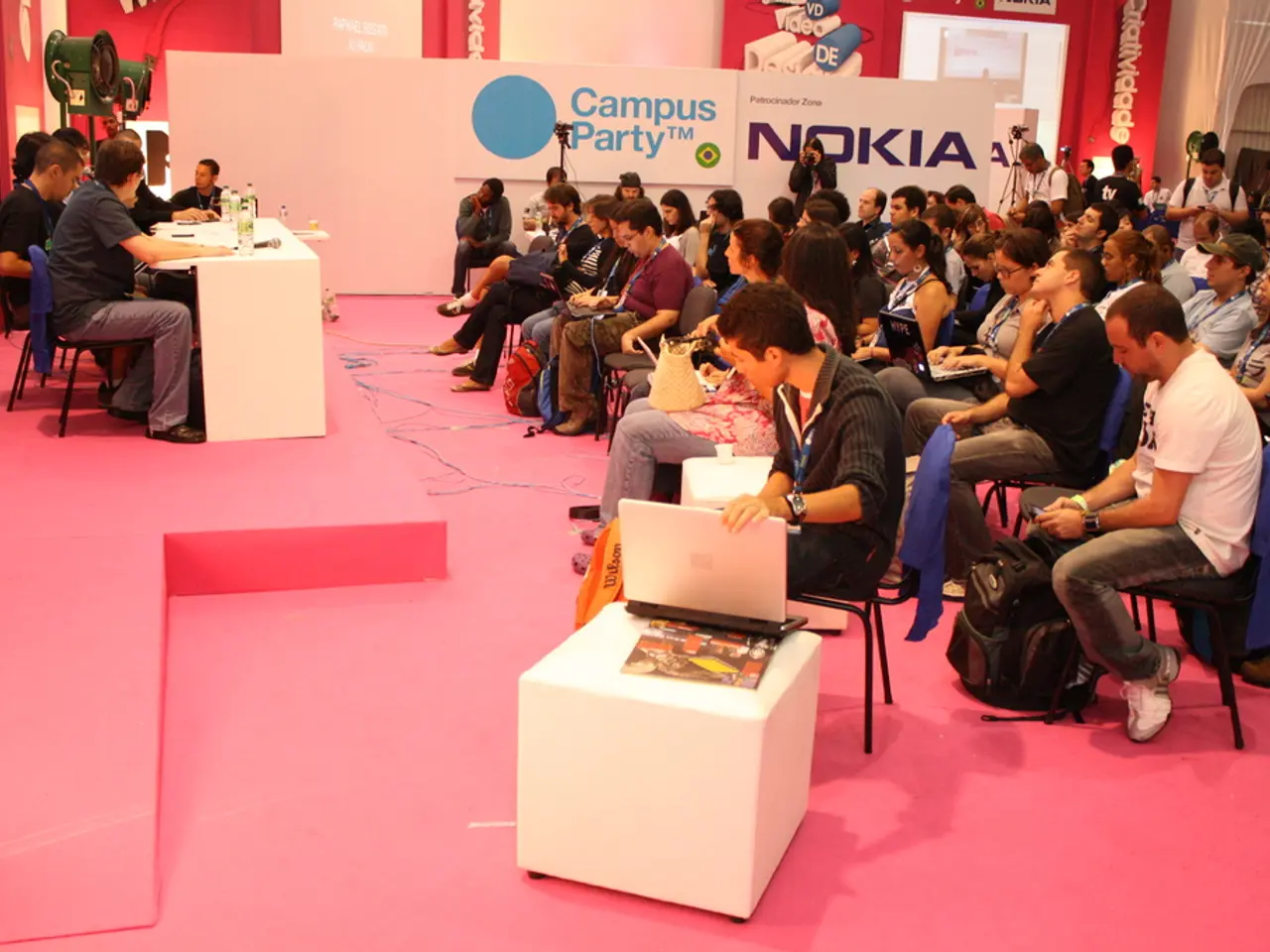Title: AI as the Designer of Tomorrow's Architecture
It's no secret that there's a common belief that human-generated content is the meatiest, with AI-created content seen as a derivative, mimicking what humans do. However, this consensus might not hold up for much longer. Aidan McLaughlin of Mediaite fame recently shared his thoughts on this matter, expressing his preference for computers to design buildings.
In his post, he praised the "fun, maybe impossible, surprisingly tasteful, and deeply calming" AI-generated architectural designs, suggesting that AI ought to commodify beauty. Some analysts argue that AI, without original human content, becomes a scavenger of its own products, a recursive rehasher producing a watered-down, bloodless gruel.
However, McLaughlin also pointed out that AI designs can be "impossible," meaning they haven't been thoroughly vetted according to physical laws, and that AI architects may suffer from hallucinations. But does this mean they're inferior to human designs? Many fear AI visuals to be too flawless, or "nice," as a flaw, but what if this is simply what we come to prefer?
The Digital Realm: AI Leading the Way
For a prime example of AI progress in design, let's explore digital environments in games.
AI has reached such proficiency in creating game content that we now use the term "procedural content creation" to describe how game environments are created with algorithms instead of manually by humans. This results in endless worlds, like those found in Minecraft, Roblox, and other digital constructs. The Metaverse, it seems, will be predominantly designed by AI creators.
As early as 2023, platforms like Roblox began testing AI tools to assist users in building and altering in-game objects. These AI-driven tools can generate complex buildings, terrain, and avatars simply by typing desired features in natural language, instead of requiring users to write complex code. Unreal Engine also offers these AI assistive processes to developers, enabling them to quickly generate assets with any complexity.
Tools, Architects, and the Future
While articles suggest that AI won't replace architects, lower-level tasks will almost certainly be automated, necessitating less human intervention. Tools like Midjourney are increasingly used for renderings, and architects themselves mention benefiting from AI-assisted work.
Meanwhile, the hardware industry is evolving at a breakneck pace, driven by the recent surge in AI capabilities. Companies invest heavily in chip manufacturing, positioning themselves for the vast demand that AI is expected to unleash. The advent of these advanced AI capabilities will create a new class of entities – albeit digital – that can, in many ways, outsmart us humans. Some, like Nvidia and TSMC, have already taken significant strides in this regard.
In conclusion, AI is revolutionizing architecture and game content creation alike, enhancing efficiency and creativity while offering endless possibilities for new worlds and designs. The future of AI in these fields promises an even closer integration with emerging technologies, leading to more immersive and personalized user experiences.
Enrichment Data:
The current role of AI in architectural design and game content creation can be summarized as follows:
Architecture:
- AI-generated tools optimize aesthetics and performance of structures
- Computational design improves building efficiency and sustainability
- Adaptive façades reduce energy consumption
- Data-driven decisions support evidence-based building design
Games:
- AI creates NPCs with lifelike interactions
- Procedural storytelling, level design, and adaptive mechanics improve game dynamics
- Procedural generation creates diverse and dynamic game worlds
- AI-driven analytics optimize game features on a real-time basis
While AI has great potential, integrating it into practice comes with its own set of challenges. Ethical considerations, data privacy, and explainable AI practices are key concerns that must be addressed to ensure safe and responsible AI adoption in these fields.
In the realm of enterprise tech, AI is making significant strides in architectural design, with AI-generated tools optimizing aesthetics and performance of structures. Architects themselves are benefiting from AI-assisted work, using AI to improve building efficiency and sustainability. (Living, enterprise tech)
In the gaming industry, AI has reached such proficiency that game environments are now created with algorithms instead of manually by humans. This leads to endless worlds, like those found in Minecraft, Roblox, and other digital constructs. By 2023, platforms like Roblox began testing AI tools to assist users, enabling them to generate complex buildings with natural language instead of complex code. (Living, enterprise tech)






